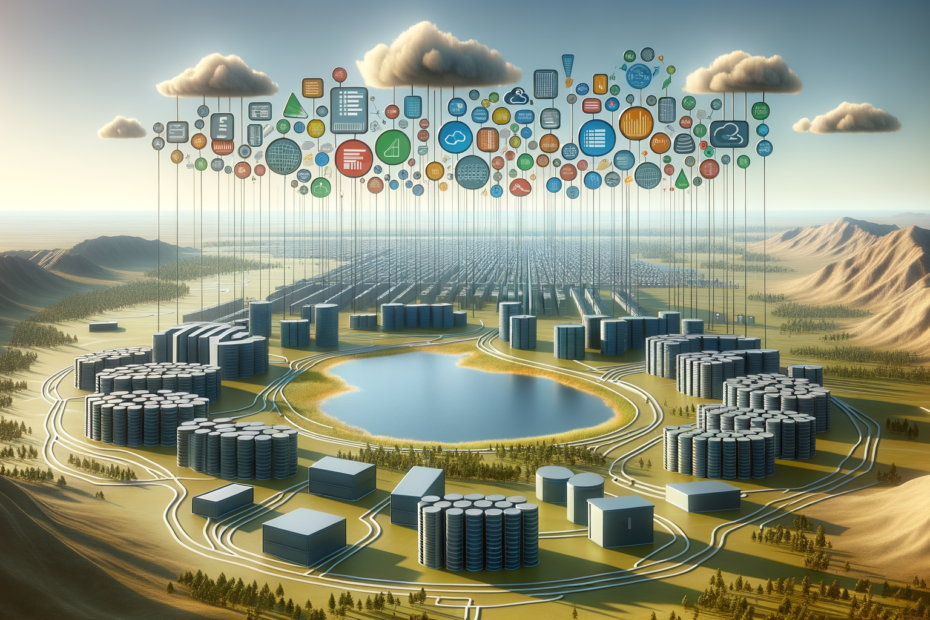Smart cities are a digital tapestry woven from diverse data sources. Citizen registration, traffic sensors, environmental monitoring systems – the list goes on. But harnessing the power of this data deluge requires a paradigm shift from traditional data management approaches. Enter Big Data – a technological powerhouse well-equipped to handle the 3Vs (Volume, Velocity, Variety) inherent in smart city data. This blog post delves deep into the intricate interplay between Big Data and data integration in the context of smart cities.
The 3V Challenge: Why Traditional Systems Fall Short
Smart city data presents a unique challenge. It’s voluminous – terabytes generated daily. It possesses high velocity – traffic patterns change by the minute. And its variety is staggering – from text-based citizen records to real-time sensor readings. Traditional relational databases simply buckle under the weight of these 3Vs. Slow processing times and limited scalability render them inadequate for the real-time needs of a smart city.
Big Data to the Rescue: Embracing the 3Vs
Big Data technologies offer a much-needed solution. Data Lakes, acting as central repositories, serve as the first line of defense. Unlike traditional databases with rigid schemas, Data Lakes store data in its raw format, preserving all its inherent richness. Distributed File Systems like HDFS (Hadoop Distributed File System) come into play here, enabling efficient storage and retrieval of massive datasets across numerous servers.
Scalable Processing Frameworks: Taming the Data Tsunami
The next hurdle is data processing. Frameworks like Apache Spark and MapReduce shine in this domain. These frameworks leverage distributed computing, splitting large datasets and processing them in parallel across multiple nodes. This significantly reduces processing time, allowing for real-time analysis of even the most voluminous datasets.
Real-time Analytics: Making Data Actionable
The beauty of Big Data lies in its ability to unlock real-time insights. Imagine dynamically adjusting traffic signals based on real-time sensor data, or predicting crime hotspots based on historical patterns and current citizen movement. Big Data stream processing frameworks like Apache Flink enable real-time data ingestion, processing, and analysis, empowering smart cities to make data-driven decisions in the blink of an eye.
Data Visualization: Painting a Clear Picture
Raw data, however powerful, remains cryptic unless effectively communicated. Data visualization tools step in here, transforming complex datasets into visually compelling narratives. Interactive dashboards and real-time visualizations present insights in a way that’s easily understandable for stakeholders, from city planners to concerned citizens.
Security and Privacy: A Balancing Act
As we delve into the realm of Big Data, security and privacy concerns take center stage. Implementing robust anonymization techniques and stringent access control measures is paramount to protecting sensitive citizen information. Striking a delicate balance between data utility and privacy is crucial for building trust within the smart city ecosystem.
Futurecasting: Where Big Data and Smart Cities Collide
The Big Data landscape is constantly evolving. Emerging trends like fog computing and edge analytics have the potential to revolutionize smart city data management. Fog computing brings processing closer to the source of data, while edge analytics enables real-time analysis on devices themselves, further reducing latency and enhancing operational efficiency.
Conclusion: A Big Data-Powered Future for Smart Cities
Big Data isn’t just a technological marvel; it’s the lifeblood of a truly intelligent city. By harnessing the power of data integration and processing through Big Data technologies, we can unlock valuable insights that were once hidden in the vast data ocean. From optimizing resource allocation to enhancing citizen services, Big Data paves the way for a smarter, more sustainable urban future. As Big Data continues to evolve, so too will the capabilities of smart cities, shaping a world where technology seamlessly integrates with the fabric of urban life.
